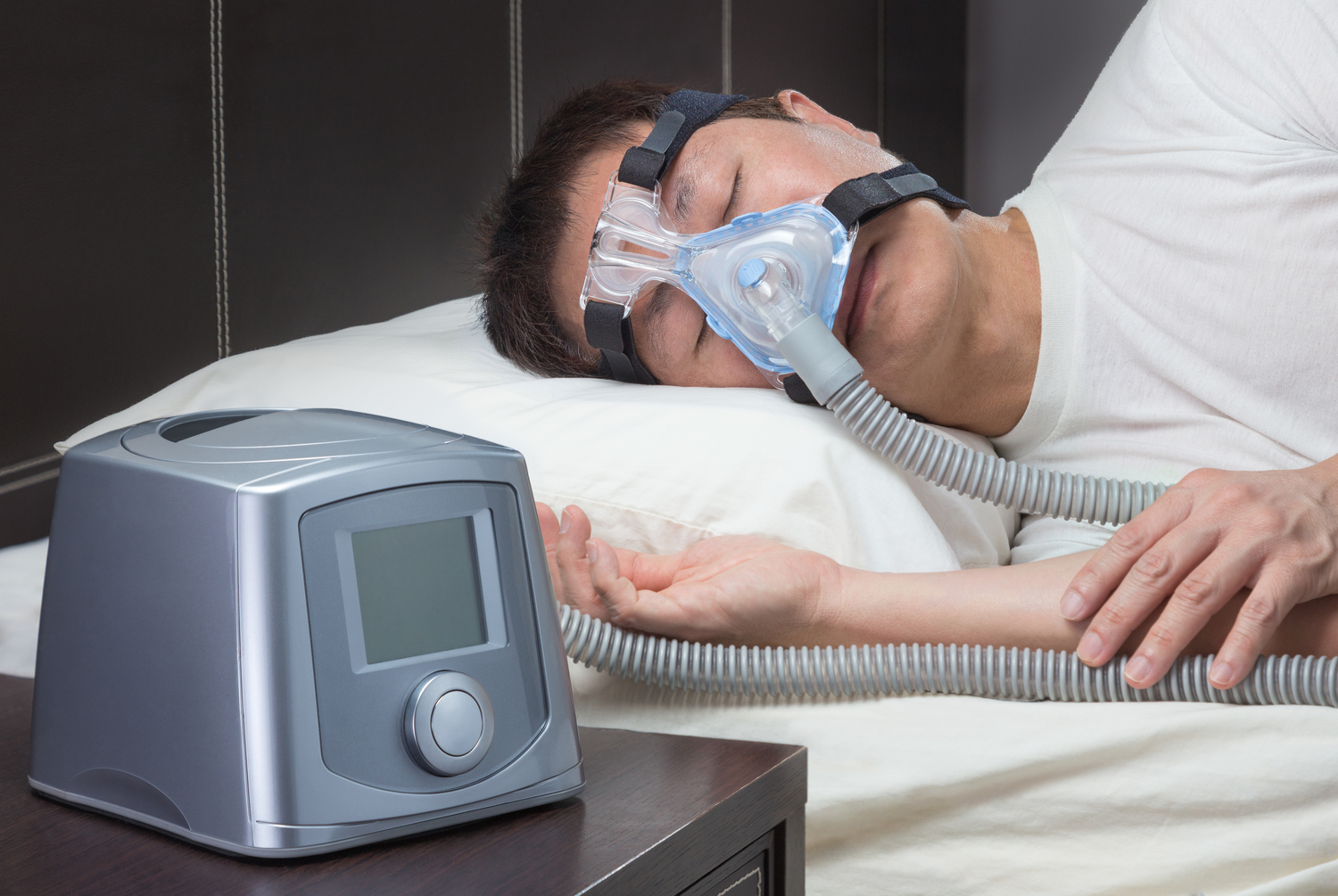Comprehensive Guide to the Causes and Risk Factors of Facial Nerve Paralysis
Explore the comprehensive causes and risk factors of facial nerve paralysis, also known as Bell’s palsy. This detailed guide covers viral, bacterial, and systemic factors, highlighting early symptoms and prevention tips. Understand how infections like herpes simplex, Lyme disease, and autoimmune conditions contribute to nerve inflammation and paralysis. Recognize key risk groups such as pregnant women and diabetics. Early detection and timely treatment, including corticosteroids and antivirals, are crucial for effective recovery. Stay informed to manage and prevent this neurological disorder effectively.

Comprehensive Guide to the Causes and Risk Factors of Facial Nerve Paralysis
Facial nerve paralysis, widely recognized as Bell’s palsy, is a neurological disorder characterized by sudden weakness or paralysis affecting one side of the face. This condition can emerge suddenly, often without warning, leading to noticeable facial drooping, difficulty in expressing emotions, and challenges in performing basic facial movements. Understanding the underlying causes and risk factors for facial nerve paralysis is essential for early detection, effective management, and improving patient outcomes.
At the core of this condition is the facial nerve, also known as the seventh cranial nerve. This vital nerve controls the muscles responsible for facial expressions, blinking, and other crucial functions. When the facial nerve becomes inflamed, swollen, or compressed due to various triggers, nerve conduction becomes impaired, leading to paralysis or weakness on one side of the face. Although the exact cause of Bell’s palsy remains elusive in many cases, extensive research has identified a range of factors that can contribute to its onset.
Among the most common triggers is viral infection, particularly herpes simplex virus (HSV). This virus is notorious for causing cold sores but can also become latent in nerve tissues. Reactivation of HSV may lead to inflammation of the facial nerve, resulting in Bell’s palsy. Other viral infections associated with facial nerve paralysis include varicella-zoster virus (which causes shingles), Epstein-Barr virus, and cytomegalovirus. Additionally, human immunodeficiency virus (HIV) infection has been linked to nerve impairment, which can exacerbate nerve swelling and lead to paralysis.
Aside from viruses, bacterial infections also play a significant role. Lyme disease, caused by the bacterium Borrelia burgdorferi transmitted through tick bites, is a notable bacterial contributor to facial nerve issues. The infection can induce inflammatory processes that damage the facial nerve, leading to Bell’s palsy. Chronic inflammatory conditions, such as sarcoidosis, an autoimmune disease characterized by the formation of small granulomas in various organs, can also impinge upon nerve tissues and cause nerve dysfunction.
Factors that increase susceptibility to facial nerve paralysis include certain health conditions and specific physiological states. Pregnant women, especially in the third trimester, have a higher incidence rate, possibly due to immune system changes and hormonal fluctuations. Individuals with diabetes are more prone to nerve inflammation and ischemia, increasing their risk. Lung infections and other upper respiratory tract infections may also precede nerve paralysis, indicating a connection between systemic infections and nerve vulnerability.
Family history also plays a role, suggesting a genetic predisposition in some cases. Recognizing these risk factors allows healthcare professionals to identify at-risk populations and implement preventative measures or prompt interventions to mitigate the severity or occurrence of Bell’s palsy.
Early symptoms such as mild facial weakness, twitching, or altered sensations often precede full-blown paralysis. Awareness of these early indicators can lead to prompt medical evaluation, timely treatment, and an increased likelihood of full recovery. Treatment options, which commonly include corticosteroids, antiviral medications, and physical therapy, are most effective when initiated early in the course of the disease.
In conclusion, while the exact causes of facial nerve paralysis are varied and sometimes complex, understanding the main triggers and risk factors is vital for both prevention and effective management. Continued research into the etiology of Bell’s palsy promises to improve diagnostic techniques and therapeutic strategies, ultimately enhancing the quality of life for affected individuals.





